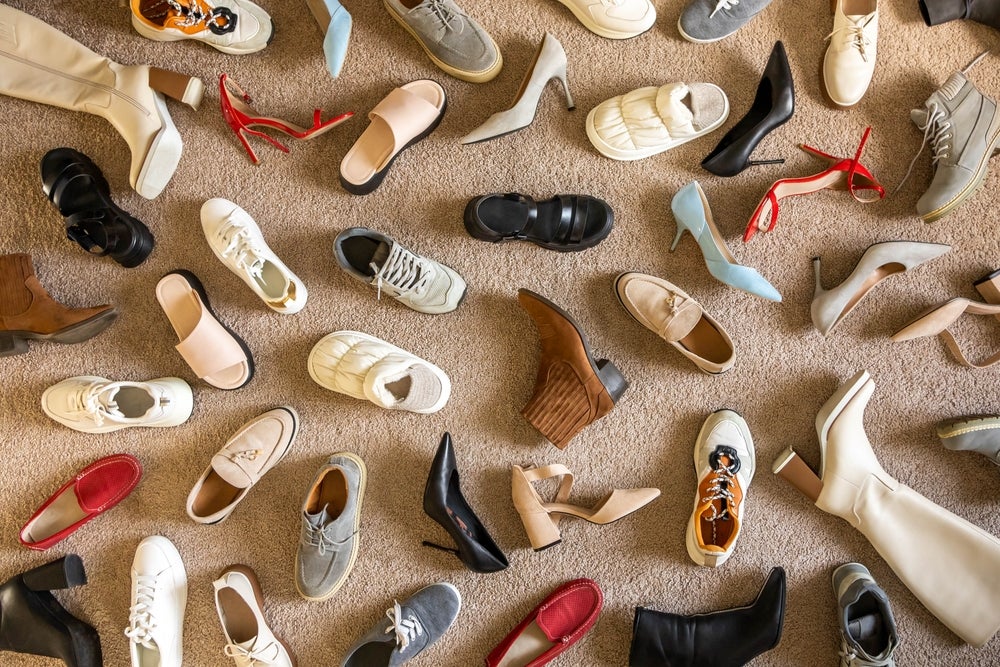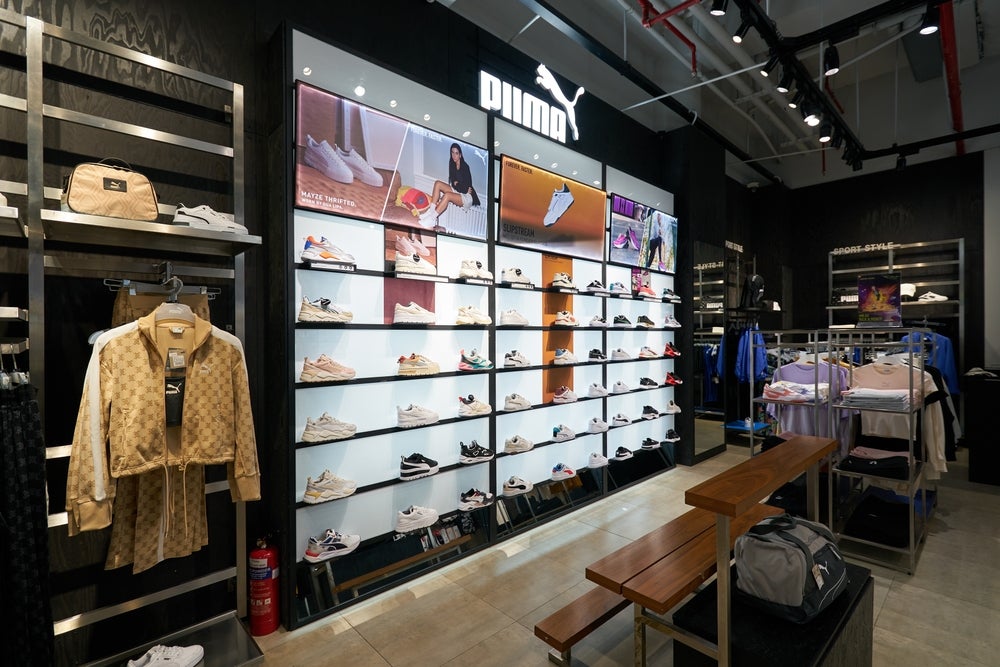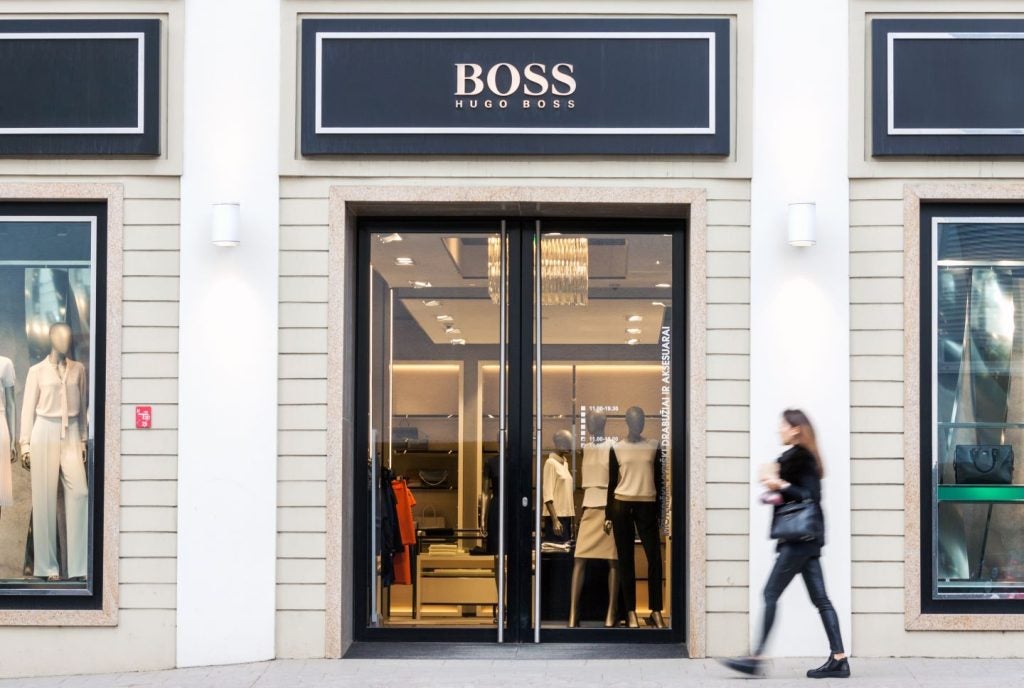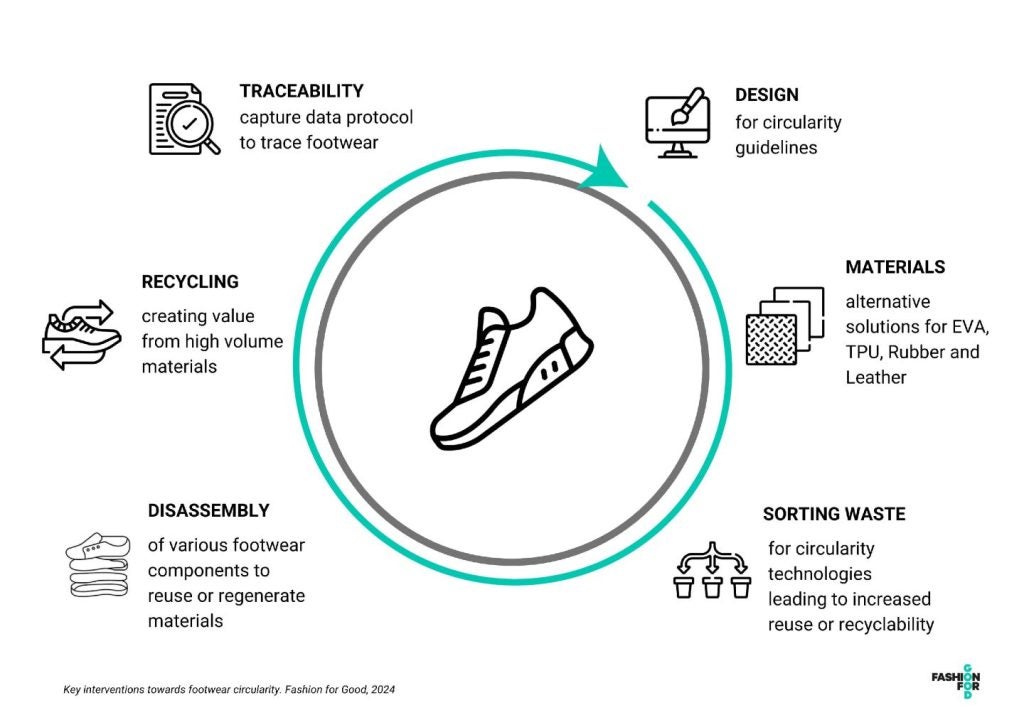A lot of conversation around the US apparel sector particularly when it comes to sourcing, has been around diversifying away from China being the predominant supplier. Apparel brands and retailers have accepted it will never go away in its entirety and that their sourcing strategy needs to follow the format China plus many or Asia plus many. And six months into 2024, US apparel import figures reveal that is exactly what is happening.
Who holds the lion's share of the US apparel market?
When it comes to June market share, it was a mixed bag for the top 10 suppliers of apparel to the US according to the latest data to come from the US Office of Textiles and Apparel (OTEXA).
China increased its share of the US apparel market by 0.7%. So too did neighbouring Vietnam whose market share increased by 0.9%.
Cambodia and India both saw growth in market share of 0.4%.
Honduras and Pakistan booked flat market share growth of 0.0% and 0.1%, respectively.
Meanwhile, Mexico booked the largest fall in market share growth of -0.7% while Bangladesh also lost market share to the tune of -0.5%. Indonesia saw market share fall by -0.3%.
Nicaragua saw its share grow by 0.1% while El Salvador’s share of the US apparel market declined 0.1%
Commenting on the findings, Dr Sheng Lu, professor of apparel studies at the University of Delaware told Just Style: “The data suggests that several Asian and Western Hemisphere countries are gaining new momentum as emerging sourcing destinations for US fashion companies. As part of their sourcing diversification strategy, US fashion companies are showing increased interest in sourcing more apparel from India, Cambodia, Pakistan, Jordan, and Guatemala. All these countries gained additional market share in the first half of 2024 compared to a year ago. In addition to production capacity, these countries seem to benefit from their perceived relatively lower social and environmental compliance risks and lesser involvement in geopolitical tensions at this moment.”
Is China still cheap as chips?
Chips may no longer be cheap, but China sure is. Its rock bottom prices remain impossible to compete with.
In June, China’s apparel on an average price per unit basis fell further to $1.76 making it the cheapest of the top 10 apparel suppliers to the US. In fact, it is a staggering 37% cheaper than the next cheapest, El Salvador at $2.80.
Pakistan was the third cheapest supplier to the US at $2.94 on a per unit basis.
Interestingly, though India and Cambodia are among the hottest destinations for the US to source apparel from at present and they came in at the higher end of the price spectrum at $3.54 and $3.20, respectively, per unit.
The most expensive location to source clothing from on a per unit basis in June, was Mexico, at $4.30.
Does price win out in influencing sourcing trends?
Once upon a time, the focus was on buying cheap and selling at a profit to build rapid growth. But as legislation comes in thick and fast that holds brands accountable for the social and environmental goings on in their supply chains, the focus on pricepoints is lower, but remains important nonetheless.
Since 2020, the pandemic which left a number of brands and retailers reliant on Chinese supply chains in limbo, and subsequently geopolitical issues which have adversely affected supply chains – take the Red Sea crisis for example – US apparel brands and retailers are quickly becoming aware of the importance of accelerating supply chain diversification strategies, and nearshoring supply operations.
That together with a fall in demand for basics and mass-produced goods has led to a change in sourcing strategies for US apparel firms.
June US import figures evidence this.
Six of the 10 largest suppliers of apparel to the US saw growth in June, the largest beneficiary being Cambodia which experienced 11.6% growth in shipments to the US to 48m SME
India saw shipments increase by 7.5% to 69m SME while Vietnam, the second largest supplier of apparel to the US saw shipment volume increase by 6.1% to 194m SME.
Pakistan also witnessed healthy shipment volume growth of 3.02% to 34m SME.
China, the largest supplier of apparel to the US at present, saw modest growth of 1.31% to 386m SME.
While Honduras reported a 0.3% increase in shipment volumes to 34m SME.
Mexico on the other hand booked the largest fall in import volumes by a staggering 20.5% to 30m SME.
Indonesia saw shipment volumes slide 7.2% to 47m SME while Bangladesh, whose apparel industry is at a standstill at present due to ongoing protests across the country, saw shipment volumes decline 5% to 111m SME.
El Salvador also saw shipment volumes fall by 4.7% to 23m SME.
Overall, shipment volumes from all sources to the US in June rose only a modest 0.2%.
Commenting, Dr Lu says: “The market demand remains relatively weak and shows no significant growth. Specifically, in June 2024, US apparel imports decreased by 0.2% in quantity and 6.0% in value compared to a year ago. Likewise, after adjusting for seasonal factors, the import volume for June 2024 was nearly flat compared to May. Furthermore, the recent volatility in the stock market and fears about an economic recession add new uncertainties to the market outlook.
Lu notes the top two suppliers to the US market, China and Vietnam “outperformed Bangladesh so far in 2024” which he attributes to a surge in demand for more personalised, customised and value-added items.
“For instance, measured in quantity, 33.2% of US apparel imports in the first half of 2024 came from China, up from 32.8% in 2023. Vietnam accounted for 16.7% of imports, up from 15.8% in 2023. In comparison, Bangladesh's share of US apparel imports was 9.6% in the first half of 2024, down from 10.1% a year ago.
“Studies show that US fashion companies typically view Bangladesh as a sourcing destination for large-volume basic apparel items, such as cotton shirts and trousers.
“However, as US consumers are purchasing fewer clothing items but expecting more trendy, fashionable, and customised products, Bangladesh seems to lag behind China and Vietnam, whose more vertically integrated local supply chains offer superior product diversification and production flexibility.
“Studies also show that political instability in a country reduces its attractiveness as a sourcing destination. Therefore, it is worth monitoring how the recent government upheaval in Bangladesh will affect the country's garment exports.”
















